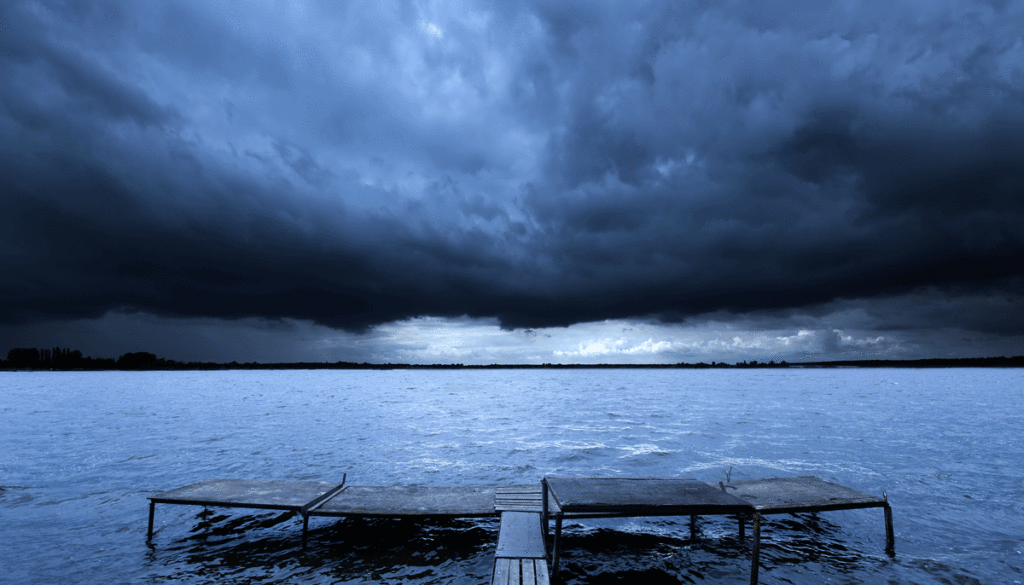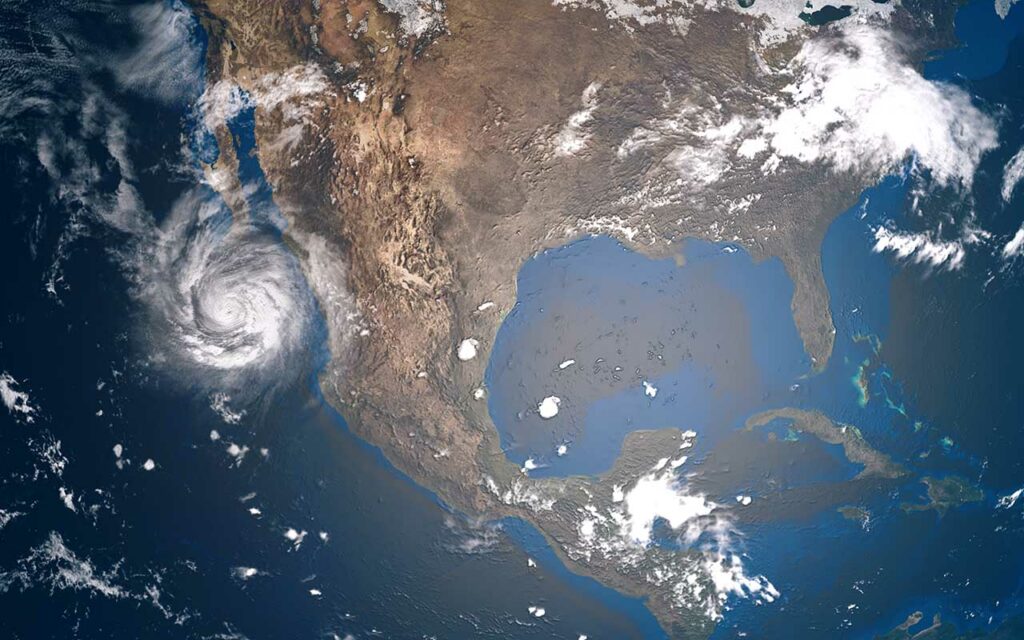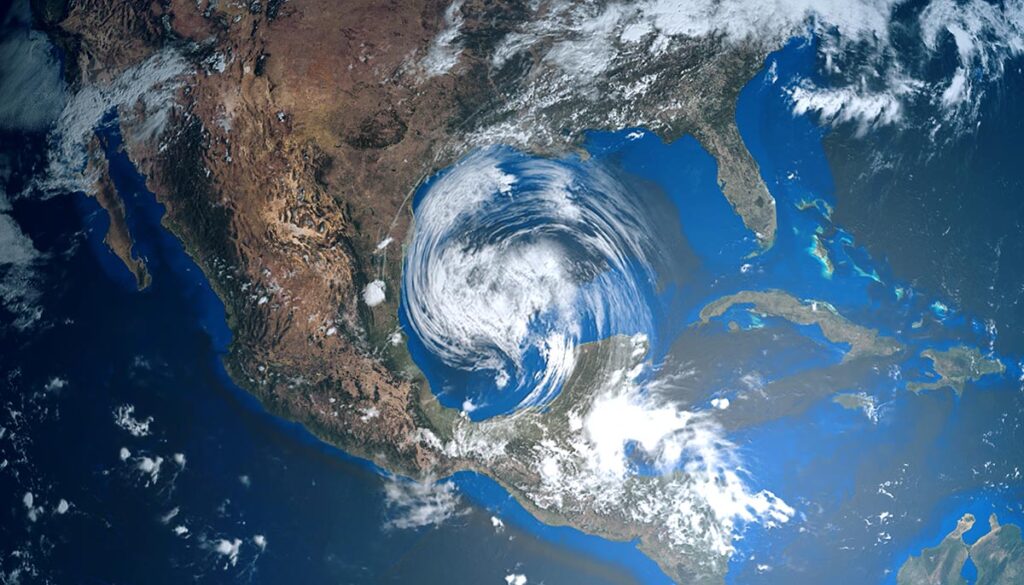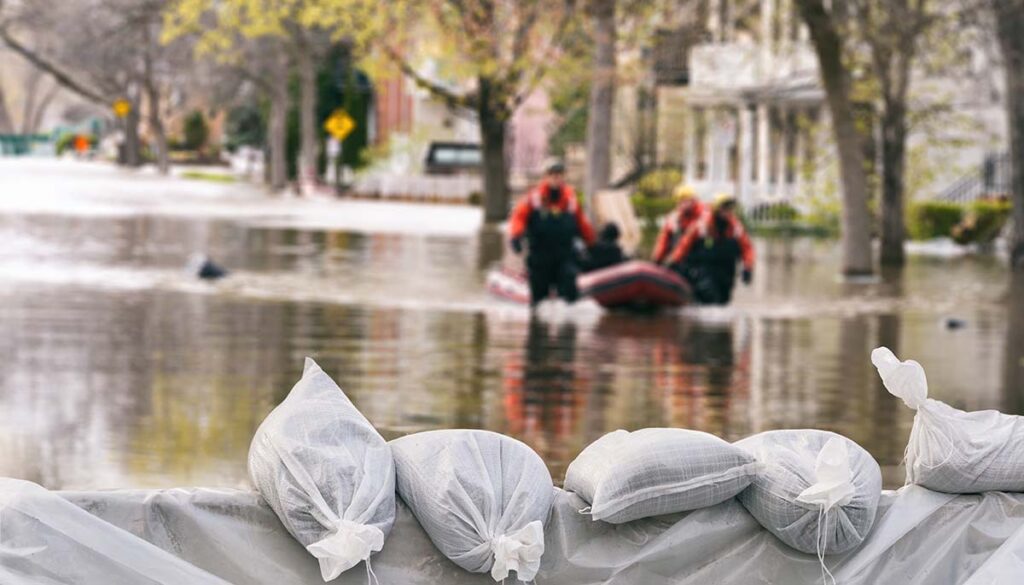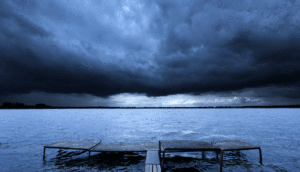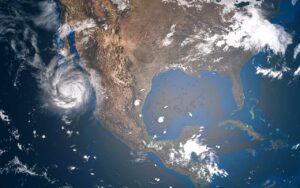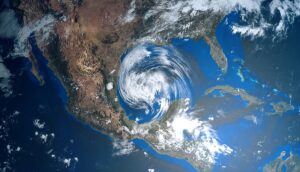Scientists are closely watching what they are dubbing a “doomsday” glacier in Antarctica, where cracks and fissures are stoking fears of a massive breakup that could lead to a half-meter or more rise in global sea levels.
Lessons learned from a previous “monster” collapse
Scientists learned a valuable lesson in miscalculating predictions twenty years ago and aren’t about to make the same mistake again.
The lesson came courtesy of the Larsen B ice shelf in the summer of 2002. NASA scientists had been monitoring daily satellite images with the Moderate Resolution Imaging Spectroradiometer (MODIS) on NASA’s Terra satellite and noting that the shelf was melting.
NASA took and monitored daily images of the Larsen B Ice Shelf from January 31 and April 13, 2002. At the start, images captured “blue dots” that were pools of meltwater.
However, NASA scientists weren’t prepared for how rapidly 1,250 square miles of ice would disintegrate. Scientists captured the massive splintering and collapse which took only slightly over a month to occur.
The important lesson here is that, although the Larsen B was not the first ice shelf in the Arctic Peninsula to experience an abrupt breakup – it was unprecedented in terms of scale. However, scientists fear what’s coming may dwarf Larsen B.
‘Doomsday’ glacier in Antarctica could lead to global flooding
At a meeting this week of the American Geophysical Union (AGU), one of the topics being discussed by ice scientists at the conference and New Orleans, was what’s happening with the West Antarctic ice sheet – a vast basin of ice on the Antarctic peninsula, specifically at one of Antarctica’s most vulnerable ice shelves – the Thwaites Glacier.
What makes the Thwaites Glacier so important is that its meltwater is already responsible for about 4% of global sea level rise, science.org reported.
In a paper published related to the fall meeting, the AGU report warned that if the Thwaites Eastern Ice Shelf (TEIS) collapses, which buttresses one-third of Thwaites Glacier, it has the potential to contribute to global sea level rise by up to 25 percent.
Thwaites dwarfs Larsen B
To put things in perspective, Thwaites is roughly 100 times larger than Larsen B, roughly around the size of Britain, and contains enough water on its own to raise sea levels worldwide by more than one foot six inches, the Guardian reported, noting that the slab of ice has been dubbed the “doomsday” glacier. Fears of a similar rapid collapse, as occurred with the Larsen B, have glaciologists who don’t want to see history repeat itself, highly concerned that what happened in the Arctic could also occur in Antarctica.
5 year window or less
The cause for alarm is not speculation. The report noted:
“Recent research shows that the ice shelf is losing its grip on a submarine shoal that acts as a pinning point and the shear margin that separates TEIS from the Thwaites Glacier Tongue has extended, further weakening the TEIS connection to the pinning point.”
The AGU report noted the detail and depth of rifts and cracks observed on satellite imagery and came to this frightening conclusion:
“We use satellite data, ground-penetrating radar, and GPS measurements to suggest that final collapse of Thwaites Glacier’s last remaining ice shelf may be initiated by intersection of rifts with hidden basal crevasse zones within as little as 5 years.”
Global sea level predictions
Since 1880, global sea level has risen approximately 8-9 inches, according to climate.gov.
Even without an ice shelf breaking off in Antarctica, sea levels are predicted to rise a foot by the next century. However, a huge glacier collapse could rapidly accelerate that timeline.
Based on estimates of the effect of greenhouse gasses, it is predicted that by 2100, sea levels will have risen at least 12 inches above the ocean levels of the year 2000.

